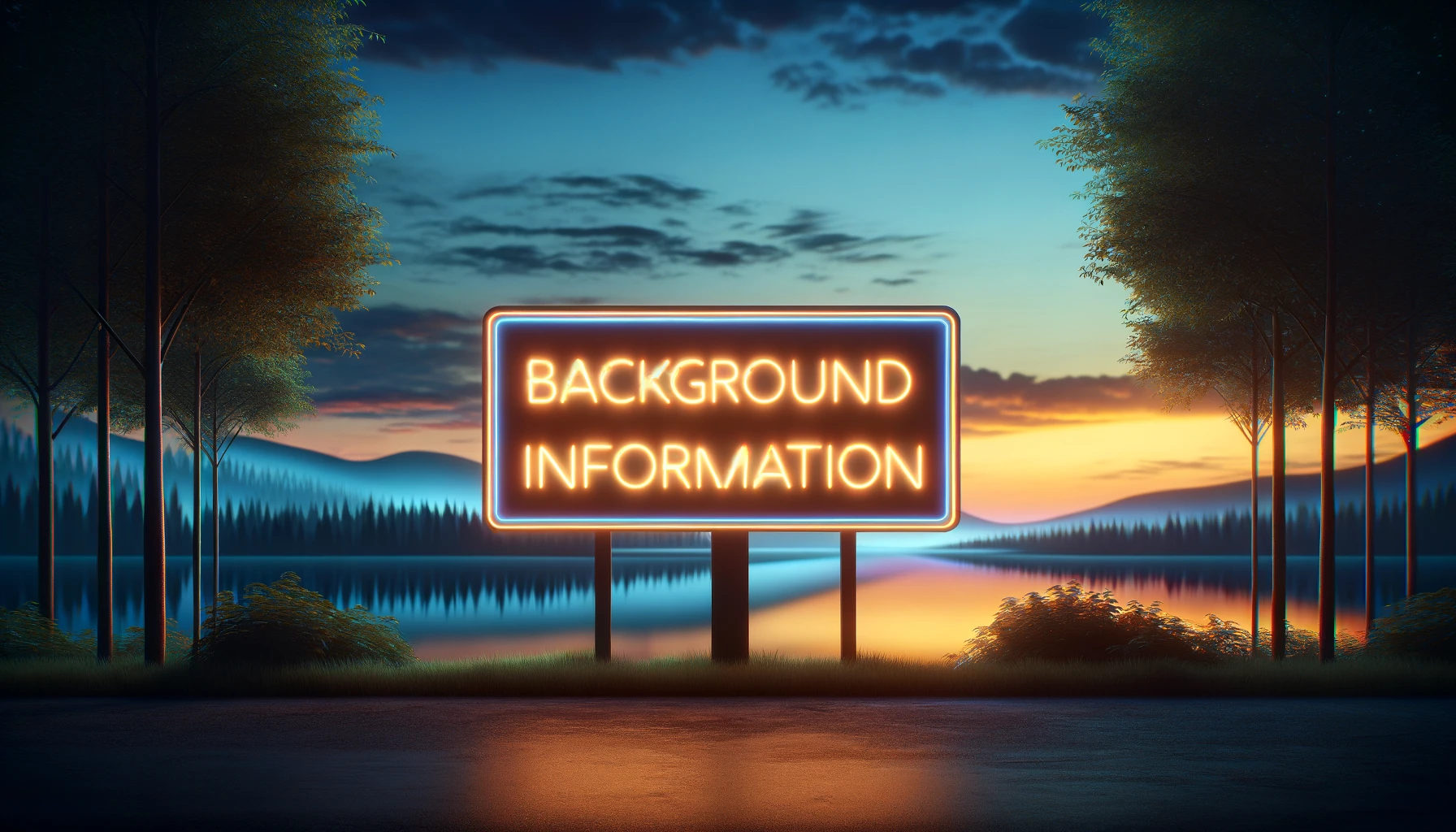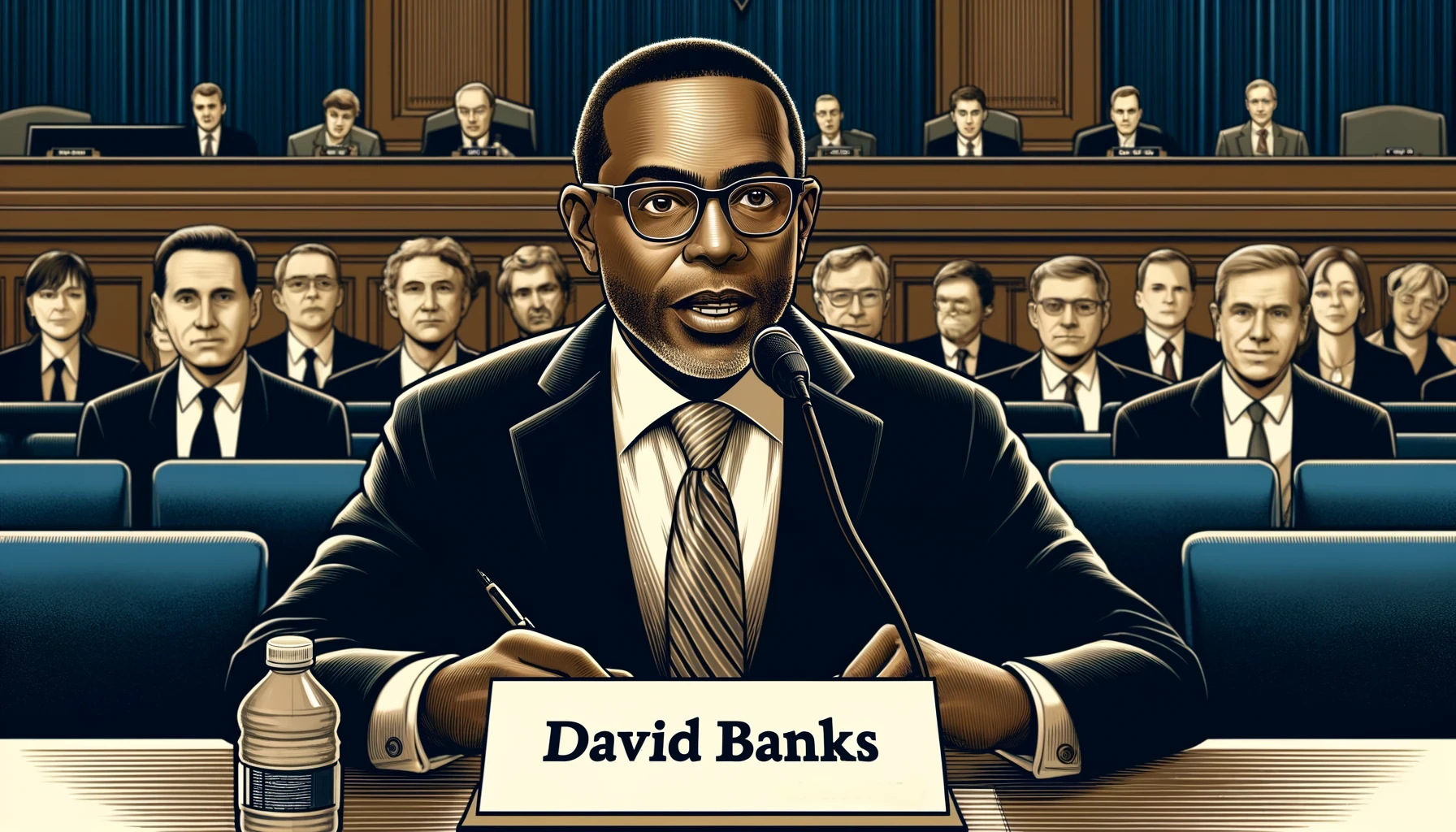On Wednesday, members of the House Education Committee questioned leaders from three K-12 public school districts about how they managed recent events that reportedly made Jewish students feel unwelcome and unsafe.
Republicans, who lead the House and organized the hearing, were aiming for significant moments similar to those from past hearings with university presidents. During one such event, university leaders had trouble addressing questions on antisemitism. Another hearing centered on Columbia University, which ignited a series of protests across various campuses nationwide.
However, the session on Wednesday didn’t present many unexpected moments, as the K-12 school leaders confidently responded to questions from Republican representatives.
The three education leaders—from New York City Public Schools, Berkeley Unified School District in California, and Montgomery County Public Schools in a Maryland suburb close to Washington, D.C.—come from districts known for their liberal political leanings.
Similar to many college campuses, these districts have experienced tensions among students, parents, and staff regarding discussions about Hamas’ attack on Israel on October 7 and Israel’s subsequent actions in Gaza. Instances of antisemitic remarks and actions by some students and staff were reported in each school system.
The hearing began with a quick series of yes-or-no questions about the October 7 attack by Hamas that resulted in Israeli deaths. Then, the focus shifted to David Banks, chancellor of New York City Public Schools, the largest school district in the nation.
Representative Lisa McClain of Michigan questioned Chancellor Banks about whether drawing swastikas and statements like “Death to Israel” and “Kill the Jews” were antisemitic. Chancellor Banks firmly responded that they were indeed antisemitic.

New York City faced the most scrutiny, particularly regarding how the district managed a November protest at a high school. During this protest, students targeted a teacher who had shown support for Israel on social media. Banks mentioned that several students were suspended and the school’s principal was replaced.
Republican lawmakers repeatedly emphasized the need for accountability and suggested that teachers and staff involved in antisemitic incidents should be dismissed. In an interesting moment, one lawmaker mistakenly asked if any students had been “fired,” while another seemed to confuse the context with a university setting, inquiring if any professors had been dismissed.
A notable confrontation occurred when Representative Elise Stefanik of New York thought she had caught Banks making a false statement about firing the principal of the high school. However, what Banks in fact had said was that the principal was “removed” from the position and reassigned elsewhere.
Banks emphasized the importance of due process for teachers and staff during these discussions.
Democrats used the hearing to question the political motives of their Republican counterparts. In her opening statement, Democrat Suzanne Bonamici of Oregon highlighted inconsistencies in addressing antisemitism, referencing an incident in Charlottesville, Virginia, where white supremacists marched while chanting antisemitic slogans. At that time, then-President Donald Trump remarked that there were “very fine people on both sides.”
Bonamici challenged the Republicans to disown the previous president’s comments, which some saw as antisemitic, but none did.
Throughout the hearing, Banks and other educators reiterated a key challenge they currently face: developing effective classroom lessons aimed at helping students understand and reject antisemitism and all forms of hatred.
This article is based on the following article:
https://www.npr.org/2024/05/08/1249994099/schools-antisemitism-k-12

Background Information
With this background, readers can better understand the complexities and implications of the discussions and events described in the article, providing a fuller picture of why these issues matter in the broader social and educational landscape.
1. Antisemitism: Definition and History
Antisemitism refers to prejudice, discrimination, or hostility directed against Jewish people. Historically, antisemitism has manifested through harmful stereotypes, social exclusion, and acts of violence, such as the Holocaust during World War II, where six million Jews were murdered. Understanding this term is crucial as it helps explain why incidents described in schools and the responses they provoke are significant.
2. Political Context: Republicans and Democrats
The United States has two main political parties: the Republican Party and the Democratic Party. They often have differing views on how to handle social and political issues, including education policies. In the context of the article, Republican lawmakers are portrayed as actively questioning school leaders about their handling of antisemitic incidents, possibly seeking to highlight or address issues in ways that align with their political strategies or beliefs.
3. K-12 Education System
The term “K-12” covers all schooling from kindergarten through 12th grade in the United States. Public school districts, like those mentioned from New York City, Berkeley, and Montgomery County, are managed at the local level but must adhere to certain federal and state regulations. Public schools are funded by taxpayer money and are obligated to provide a safe and inclusive environment for all students.
4. Hamas and the Israel-Palestine Conflict
The conflict between Israel and Palestine is a long-standing geopolitical issue central to Middle Eastern politics. Hamas is a Palestinian Islamist political organization and militant group that has controlled the Gaza Strip since 2007. Tensions often escalate into violence, impacting global politics and opinions, including reactions and sentiments within international communities, such as the U.S. The article references a specific attack by Hamas on October 7, which had repercussions in how people discussed and reacted to the event worldwide.
5. Role of School Leaders and Educational Policy
School leaders, such as superintendents and principals, play a crucial role in shaping the environment and policies of their schools. They are responsible for responding to incidents, setting disciplinary measures, and ensuring that the school’s policies align with educational standards and laws. In the case of antisemitic incidents, how they respond can significantly influence the school community’s sense of safety and inclusion.
6. Freedom of Speech vs. Hate Speech
The article touches on complex issues around freedom of speech and what constitutes hate speech. In the U.S., freedom of speech is a constitutional right, but it does not protect speech that incites violence or constitutes hate speech against groups based on race, religion, or ethnicity. The discussions in schools about what kind of speech is acceptable are reflective of larger national and legal debates.
7. Recent Political and Social Climate Concerning Antisemitism
Recent years have seen a resurgence of visible antisemitic incidents in the U.S., including marches, vandalism, and violent attacks. Political responses to these incidents can influence public opinion and policy changes. The article mentions a controversial statement by former President Donald Trump, which was widely discussed and critiqued in the context of how leaders’ responses to such incidents are perceived.
Please subscribe to Insight Fortnight, our biweekly newsletter!
